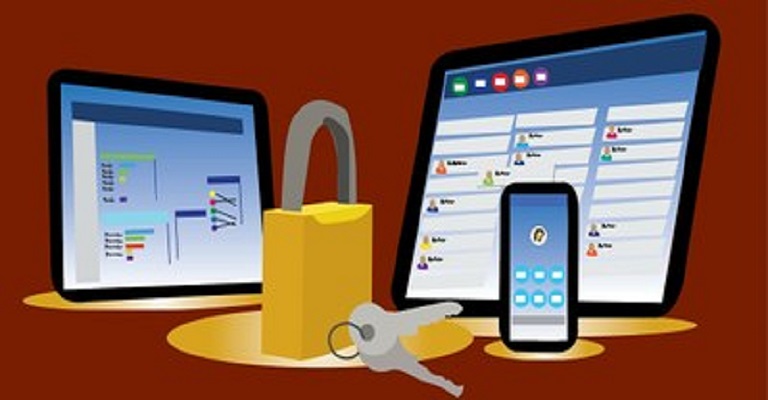With the ever increasing breadth of technology, network security for medical data has never been a more important topic of discussion. In order to keep your data safe and sound, you’re going to need to stay on top of several potential security pitfalls. Here are some examples.
Encryption and Decryption
Encryption and decryption are the cornerstones of network security. In essence, encryption is the process of distorting information in order to make it more private, and decryption is the process of converting the information back into its original form using a cipher. Simply put, information that is transferred over a network, or the internet at large, is made unrecognizable in transit to avoid the information being intercepted by third party actors, such as hackers. This is not a native function of HTTP, however, and requires the additional presence of an encryption and decryption method such as TLS. “What is TLS?” you might ask. TLS encryption/decryption is the additional security needed in order for HTTP to continue to see widespread use without sacrificing the privacy of internet users, essentially. HTTPS is HTTP having been enhanced with the aid of encryption and decryption coding like TLS.
Analytics
“Analytics” refers to the interpretation of data in order to form a conclusion as to its meaning. As it pertains to network security, analytics refers to the monitoring of factors like network traffic in order to determine potential breaches of security, as well as weaknesses that could be exploited by nefarious actors. Tracking the traffic of a given network is a crucial part of catching problems in real time, but it also assists in fortifying the network against potential attackers. One persisting benefit of network analytics is that of being able to determine the cause and origin of DDoS attacks by tracking requests from the client in question to the server being attacked. DDoS attacks are actually the direct target of another important network security tool.
DDoS Prevention Software
DDoS attacks occur when the attacker rapidly launches a series of requests to the targeted server in order to cause an overflow of traffic that crashes the server. DDoS attacks are carried out by computers that are infected with malware, which enables a superhuman level of traffic to be sent to the target. This is a common method of attacking a server, because it has historically been difficult to combat and leaves the server vulnerable in the wake of the crash. However, recent software developments give server operators the tools to prevent these attacks. Essentially, DDoS prevention software scans incoming requests for those that seem suspicious and automatically denies them. There is a sort of poetic justice in fighting fire with fire in this way.
Passwords
Password security has typically been a weak point for network security, as it falls to each individual user to provide a secure password in order to keep the network secure. Best practices have evolved considerably, so keeping members of your network abreast of recent developments is a crucial component of securing your network. You’ve likely found yourself somewhat annoyed by the oddly specific and seemingly arbitrary requirements that many platforms require you to meet in order to use them. However, there are very good reasons for those requirements; each of those requirements helps to make passwords more difficult to guess by hackers. A common practice nowadays is for a platform to randomly generate a password for you. This is an effective method of creating secure passwords, because they are utterly incomprehensible. For that reason, however, many users choose to create their own password so that they, at least, can remember it. In these cases, there are certain recommended features that your password should have, such as both letters and numbers, capital and lowercase letters, and special characters. This makes the password substantially more difficult to guess, in and of itself.
Network security is a vital part of a healthy network. With growing concerns of violations of privacy online in the wake of various data leaks and cyber attacks, network security is more difficult to guarantee. However, these tips can help you maintain a safe and secure network for you and your users.
































